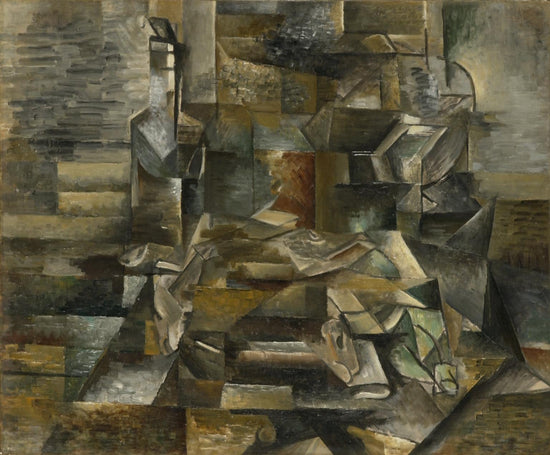Cubism was a vanguard movement of the early 20th century, which was characterized by the abandonment of classical perspective and the fragmentation of forms by representing three-dimensional objects on a two-dimensional surface. The origins of this movement, conceived by just two artists, is usually identified with the creation of the famous painting byDemoiselles d'Avignon per Pablo Picasso, however it was from the works of Paul Cézanne that this one emerged. Find out more about this movement in the new article.
Read more →
Abstractionism or abstract art was an artistic movement integrated into the European modernist vanguards.Breaking with old paradigms, they expressed themselves by fleeing reality itself, in an abstract way with lines and above all with color. With abstract art, the spectator was given the possibility to interpret geometric shapes and the exploration of pigments freely.Discover in this article the main artists of this movement.
Read more →
In the Plastic Arts, the theme of animals is recurrent, since the beginning of humanity due to the constant interest of Man in representing them due to cultural, historical, social, religious, scientific and ethical factors. In order to understand how the society of each respective era approached animal representation, in this article we go through creative and social terms, from the beginning of humanity to the present day.
Read more →
The landscape theme was constantly related to the affirmation of the main artistic movements, especially from the Renaissance onwards. Over time, this genre, which depicts mountains, rivers, bridges or architectural spaces, has undergone changes in terms of artistic means and languages. Currently, its relevance in the field of fine arts is remarkable; however, for several centuries, for the academy, it was considered inferior in relation to other genres. In order to understand how artists represent this theme in contemporary times, we will approach the artistic idea of landscape, from the Renaissance, through the Baroque, Romanticism and post-war period.
Read more →




